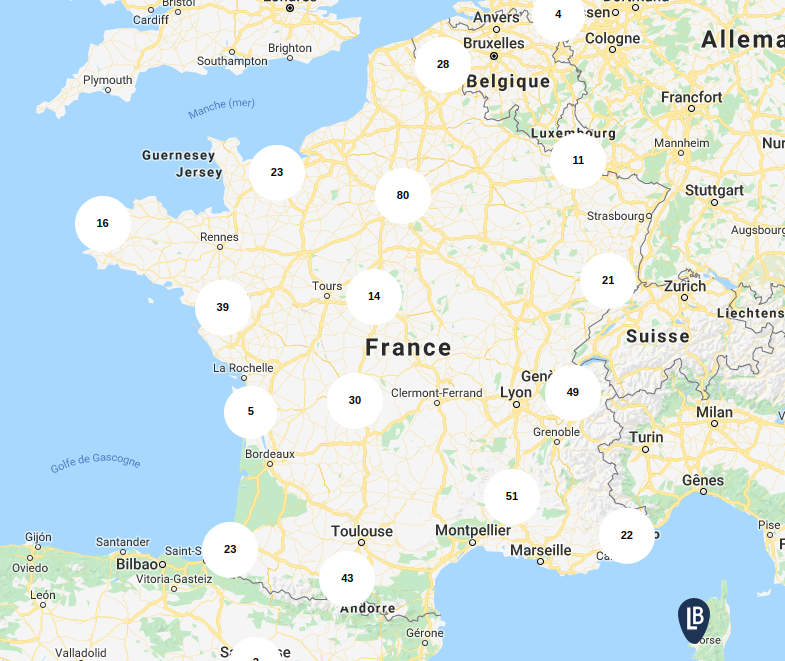THE PORTRAIT IN OIL PAINTING
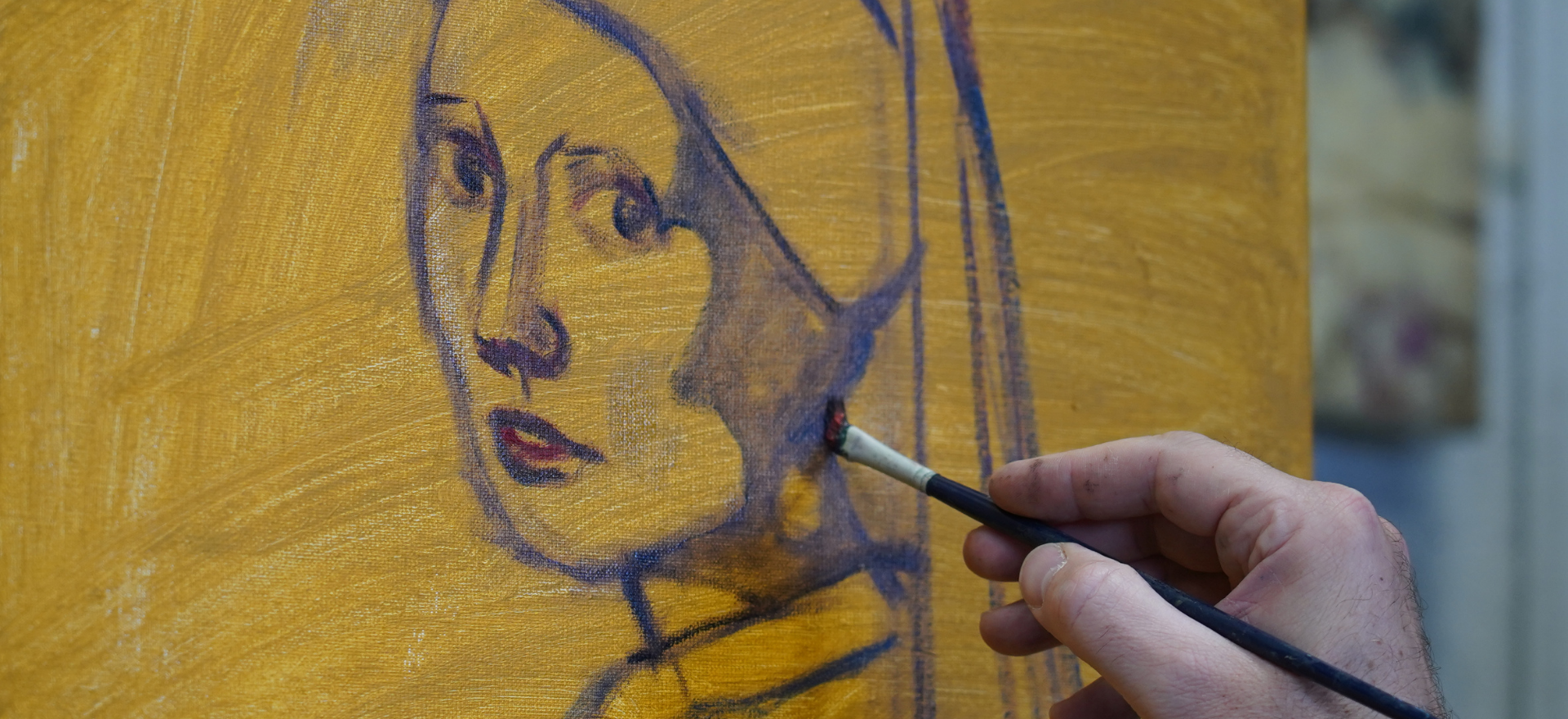
WHY PRACTICE PORTRAITURE?
The portrait is one of the most difficult exercises in oil painting. It is important to start with a preparatory drawing, either in pencil, charcoal or directly in oil paint.
WHAT DOES PAINTING IN RESERVE MEAN?
A reserve is an area not covered with paint, revealing the preparation colour or the primer. The colour chosen during the canvas’s preparation enters into the painting. Here, for example, the coat appears with just a few touches on top of the yellow ochre of this painting's background.
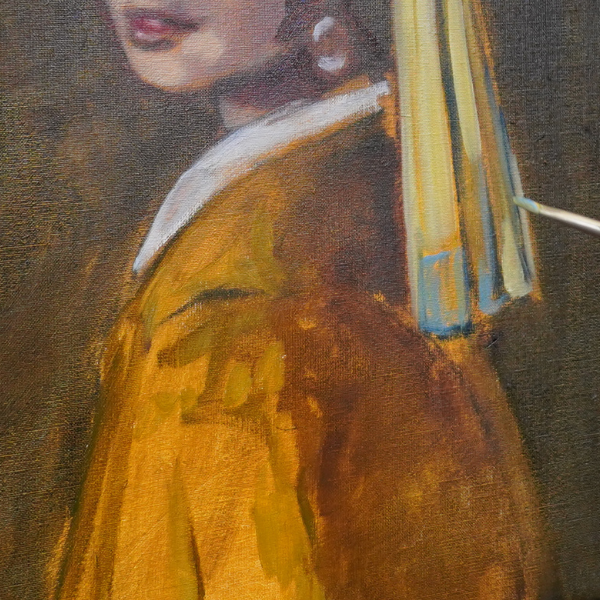
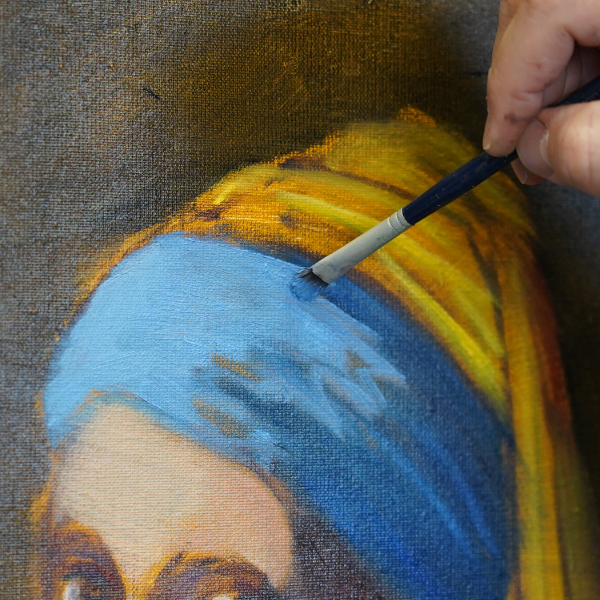
THE JUXTAPOSITION OF COLOURS
To reveal the portrait, the artist works by juxtaposing coloured layers, area after area. The blue of the turban, the yellow of the drape and the white of the collar. It is simply a matter of applying a second shade of each colour to the initial layer to define the different areas.
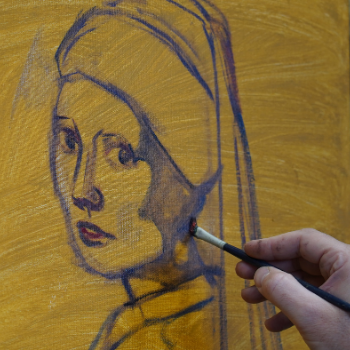
WORKING THE CONTOURS
Working on the contours of your portrait consists in bringing out the relief of the face like a sculptor, creating a shape on the canvas, with your brush and a colour.
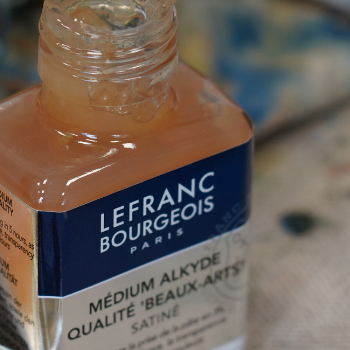
ALKYD MEDIUM
To help you develop your portrait more quickly, add some Alkyd medium to your paint. This medium accelerates your paint’s drying time. Using an Alkyd medium helps you quickly establish all of your portraits’ features, without drying times interrupting your flow.
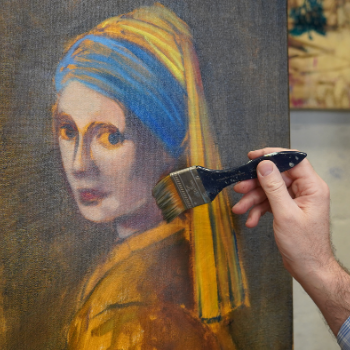
RESTORING SUNKEN AREAS
Remember to watch out for sunken areas. These are matte areas that develop on the canvas when the top layer paint is absorbed by the lower layers. You can restore them by brushing the canvas with a spalter brush very lightly soaked in odourless mineral solvent (wipe the brush before applying it to the canvas).
WATCH THE VIDEO
VIEW THE PROGRAMME
Click on the arrows to see available tutorials
FIND OUR PRODUCTS
OUR SHOPS
Use our store locator to find your nearest stockist.
